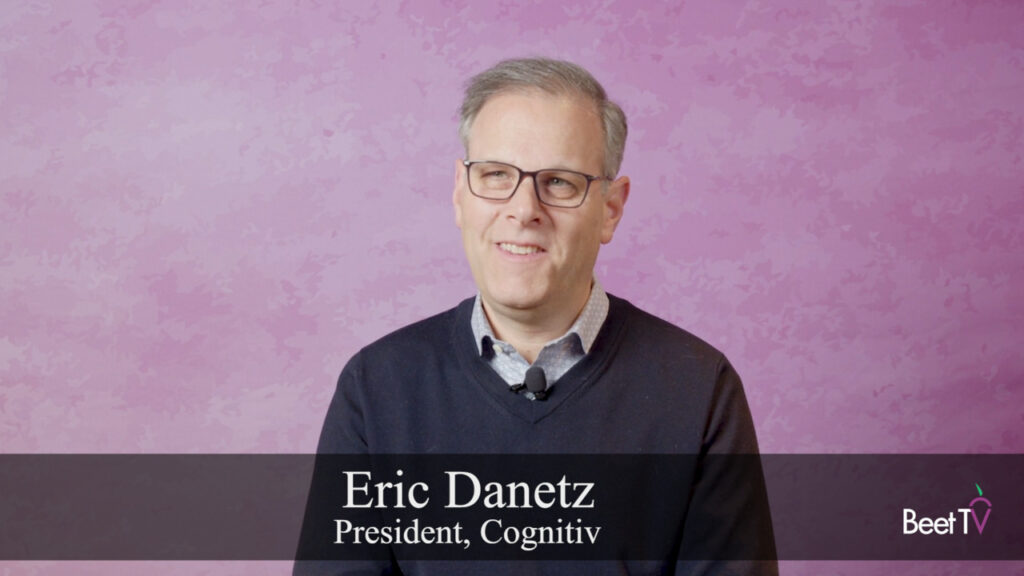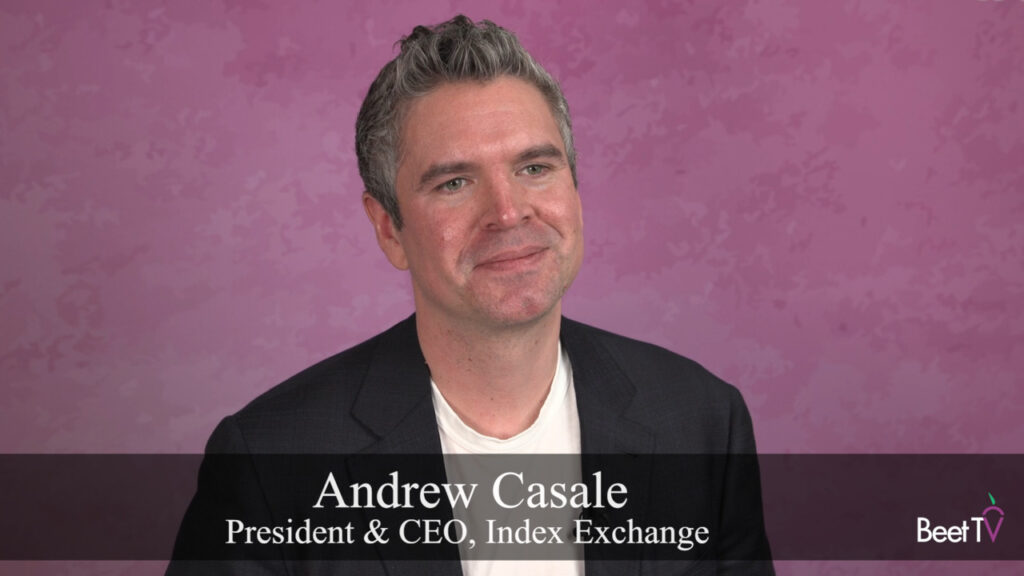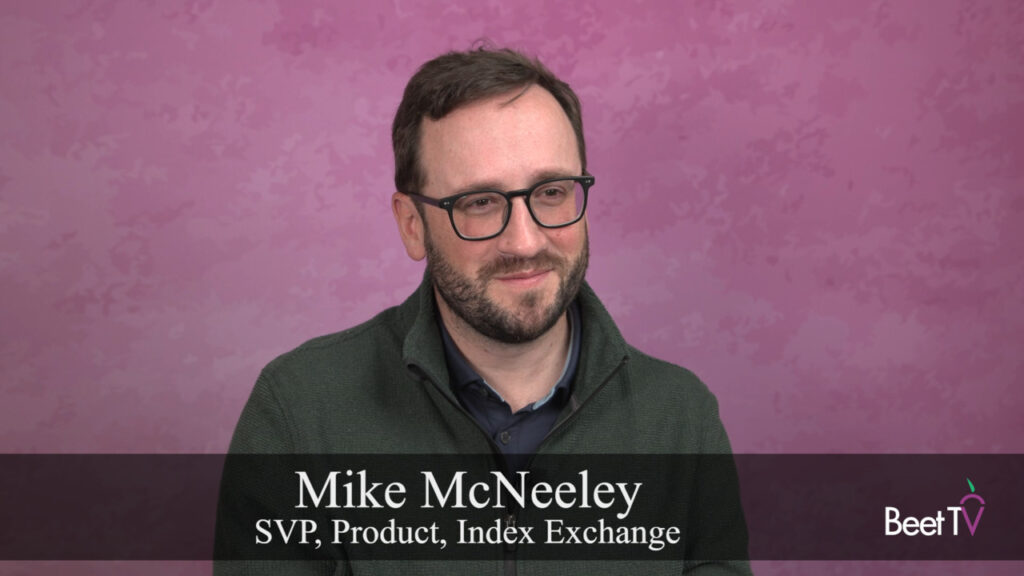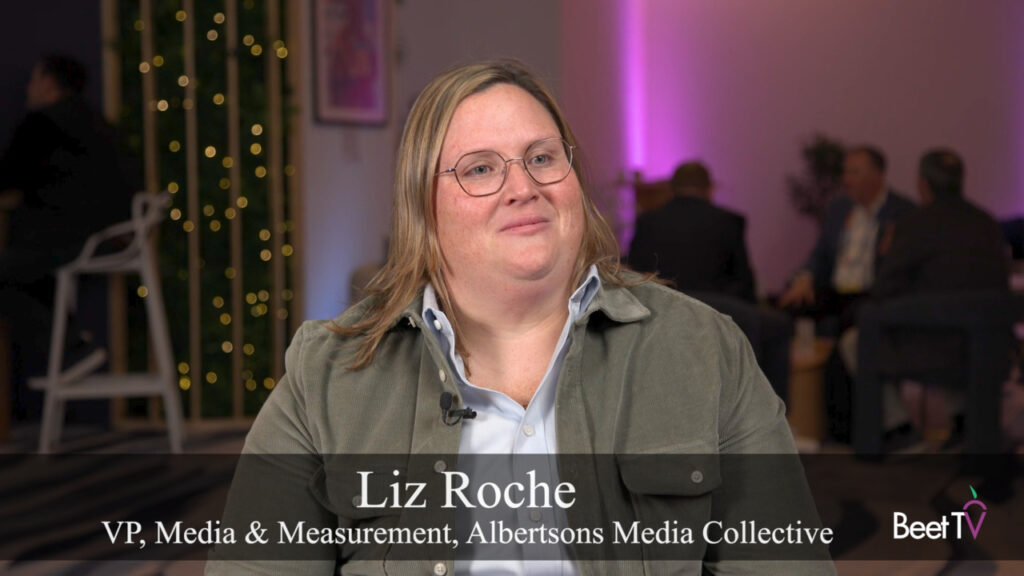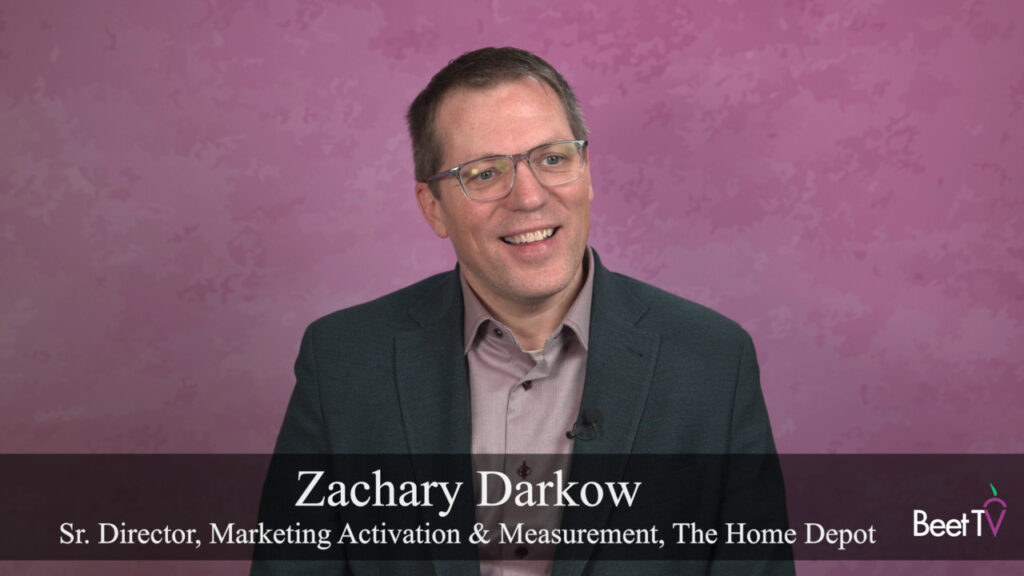AMENIA, NY — Digital advertising’s data collaboration started with walled gardens, but it is evolving beyond clean rooms to power planning, segmentation and measurement.
The practice, which lets advertisers gain event-level measurement while preserving privacy, is now a “key mechanism to have data through it in the ecosystem”, said Frederick Starichev, VP Sales, LiveInsights, LiveRamp, in this video interview with Beet.TV.
He tells Beet.TV’s Rob Williams clean rooms are no longer just about the method of sharing data itself.
Clean Rooms Just The Start
“Data clean rooms was actually our first iteration around establishing collaboration between partners with a privacy framework to it,” Starichev said.
“We’ve seen that evolving over the last, I would say, 12- to 24-months. We have actually new framework that actually coming along, like multi-party computation. And we also have trusted execution environment.”
“When you think about data collaboration, it’s not only the way you’re sharing data, it’s also the way that the two partners are mapping the identities when they’re sharing the data,” Starichev explained.
“So we see now the identity spine kind of being the key component of how data collaboration can be executed against.”
Application Layer Required
Clean rooms are becoming an “extension of the cloud infrastructure of a data warehouse that companies do have,” Starichev said.
But, to make use of that infrastructure, he said brands or media companies also need an application layer that can “articulate how you do and execute against those data warehouses”.
Starichev added: “This application layer then involve everything that has to do with governance of data and all the permissioning, meaning what data is coming into the collaboration, who has access to it, what is the output that is being created?”
Buyers Demand Cross-Publisher
Starichev is seeing a “emerging theme over the last 12 months” – advertisers asking partners to share data within the same cloud infrastructure.
“(They) can leverage one common identity spine and then run deduplicate reach, for instance, queries to actually really go and understand where they actually are reaching specific audiences and where they should actually optimize their media plans,” he said.
“We see on the publisher side, on media side that there is actually a willingness to participate into those analytics because it actually then creates an opportunity to further prove value that they deliver to the advertisers.”
You’re watching “Beet Retreat Berkshires 2024”. For more videos from this series, please visit this page.




































